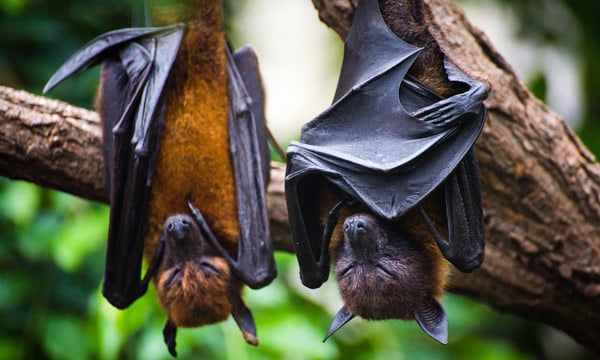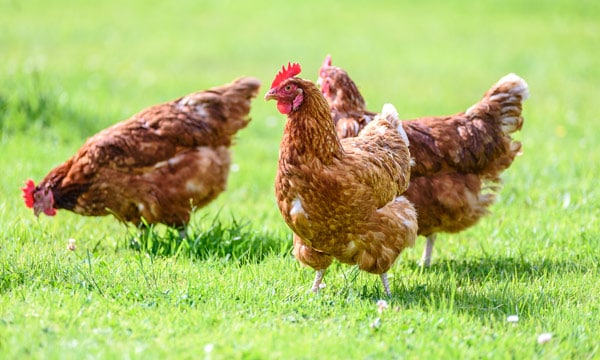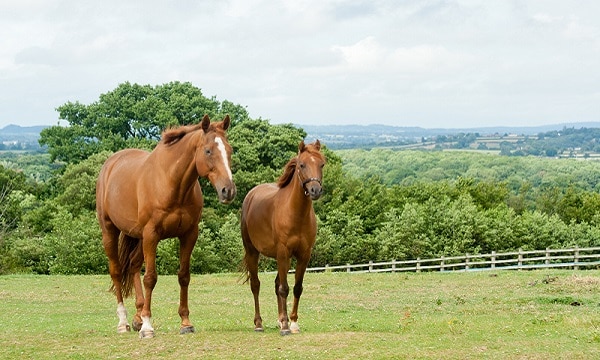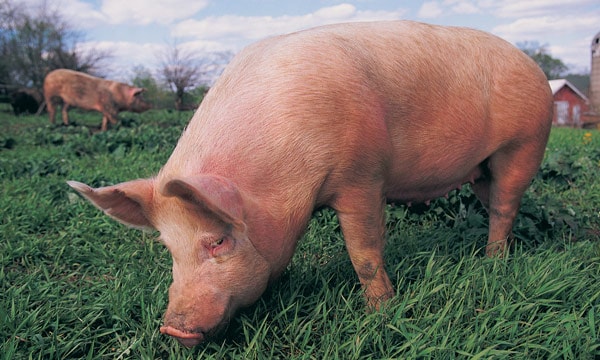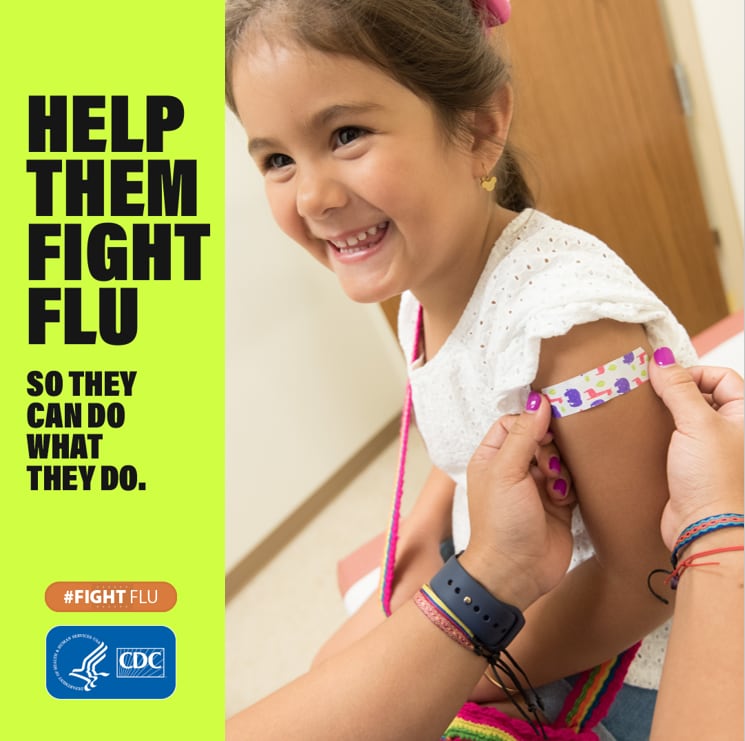Influenza in Animals
CDC has compiled two tables that showing the different hemagglutinin and neuraminidase subtypes and the species in which they have been detected.
Influenza A viruses are found in many different animals, including ducks, chickens, pigs, whales, horses, seals and cats.
Influenza B viruses circulate widely only among humans.
Influenza A viruses are divided into subtypes based on two proteins on the surface of the virus: the hemagglutinin (H) and the neuraminidase (N). There are 18 different hemagglutinin subtypes and 11 different neuraminidase subtypes. All known subtypes of influenza A viruses have been found among birds, except subtype H17N10 and H18N11 which have only been found in bats.
While it is unusual for people to get influenza infections directly from animals, sporadic human infections and outbreaks caused by certain avian influenza A viruses have been reported.
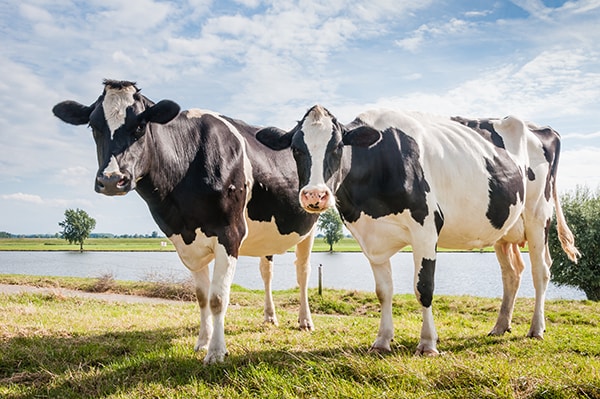
While rare, mammals can be infected with highly pathogenic avian influenza (HPAI) A(H5N1) (“H5N1 bird flu”) viruses. Reports of these sporadic infections in mammals have occurred globally amid widespread outbreaks of bird flu infections in wild birds and poultry.

This Zoonotic Influenza Reference Guide provides federal, state, and local animal health and public health officials, and other organizations and academia, with an accessible, easy-to-use online resource for understanding and managing existing and emerging situations involving animal and zoonotic influenza viruses and diseases.
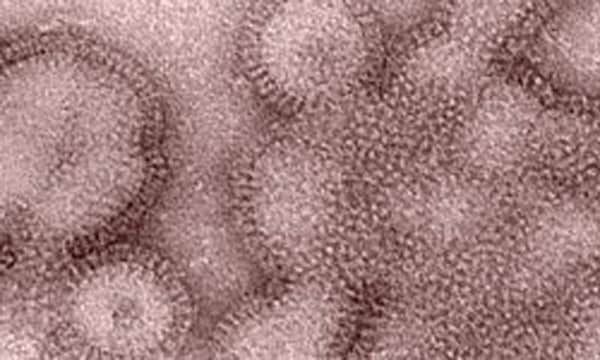
Influenza viruses that normally circulate in pigs are called “variant” viruses when they are found in people.

The Generalizable One Health Framework provides a structure for all health sectors to use the One Health approach for reducing the spread of zoonotic diseases, including certain types of flu. The framework includes recommendations for zoonotic disease prevention and control and for enhancing One Health capacity to respond to and control zoonotic disease threats.

An influenza pandemic can occur when a non-human (novel) influenza virus gains the ability for efficient and sustained human-to-human transmission and then spreads globally.

Actions, apart from getting vaccinated and taking medicine, that people and communities can take to help slow the spread of illnesses like pandemic influenza (flu).
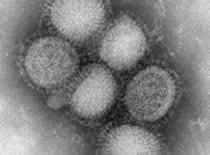
Archived content developed during the 2009-2010 H1N1 pandemic. The content on this webpage is available for historic and reference purposes only.

CDC works with state and local health departments to investigate human outbreaks with novel flu viruses and animal outbreaks caused by unusual or concerning flu viruses.
- Protect Yourself From H5N1 When Working With Farm Animals Wednesday, April 17, 2024
- Highly Pathogenic Avian Influenza A(H5N1) Virus in Animals: Interim Recommendations for Prevention, Monitoring, and Public Health Investigations Monday, April 15, 2024
- Recommendations for Worker Protection and Use of Personal Protective Equipment (PPE) to Reduce Exposure to Novel Influenza A Viruses Associated with Severe Disease in Humans Monday, April 15, 2024
- Considerations for Veterinarians: Evaluating and Handling of Cats Potentially Exposed to Highly Pathogenic Avian Influenza A(H5N1) Virus Monday, April 15, 2024
- Vietnam Reports First Human Infection with Avian Influenza H9N2 Virus Friday, April 12, 2024
